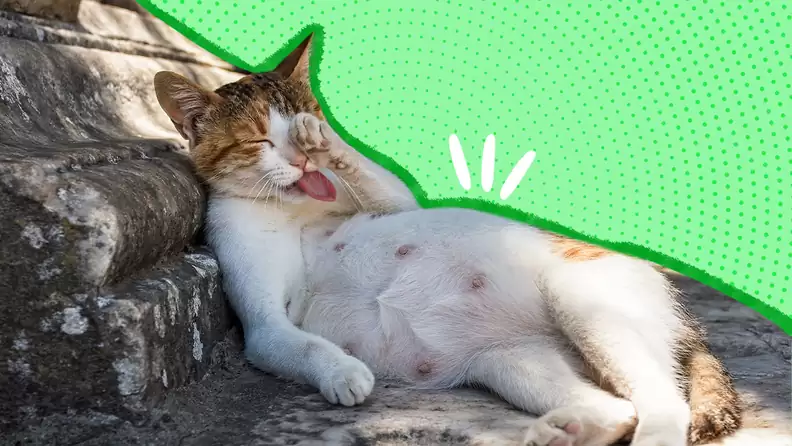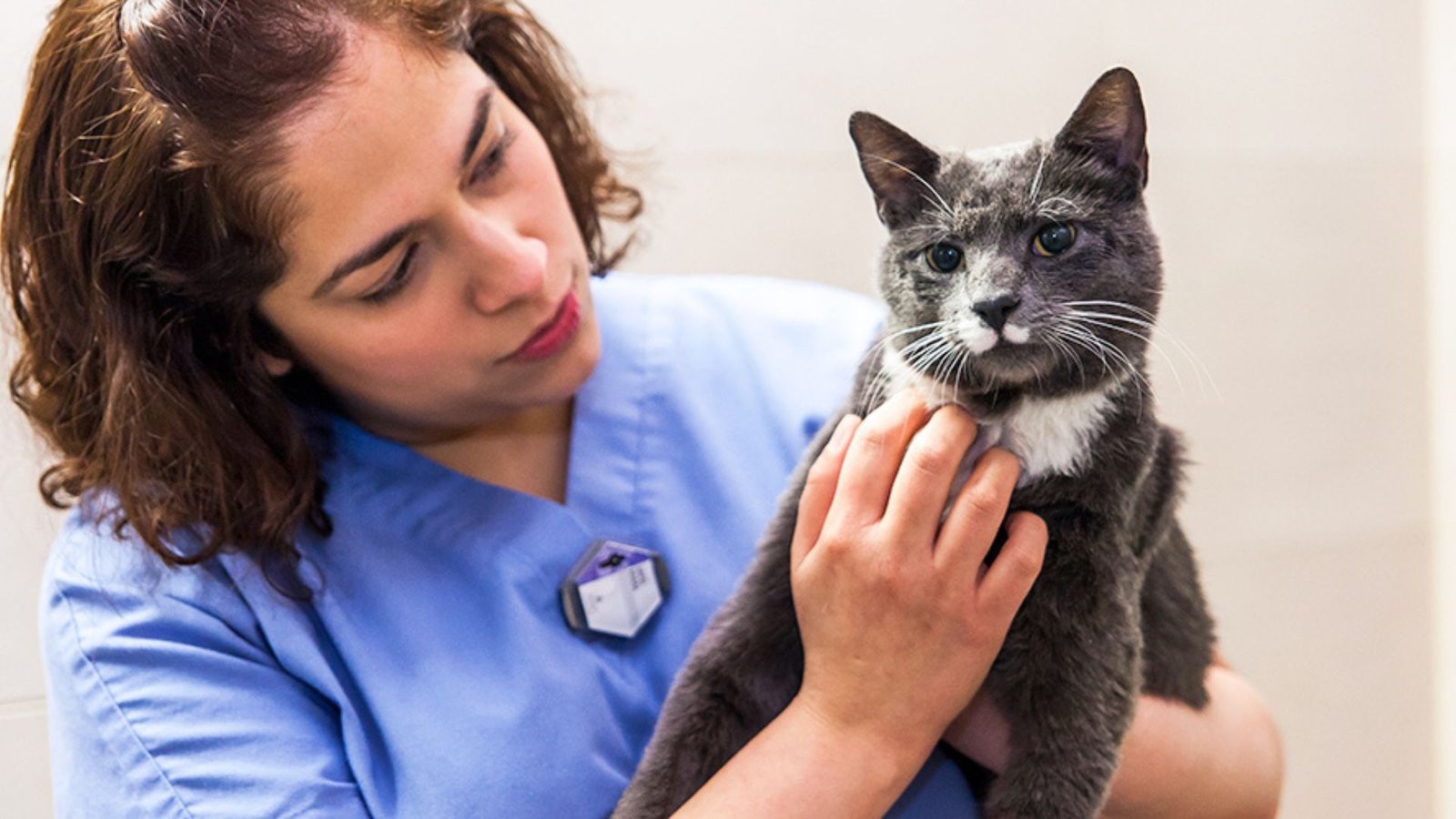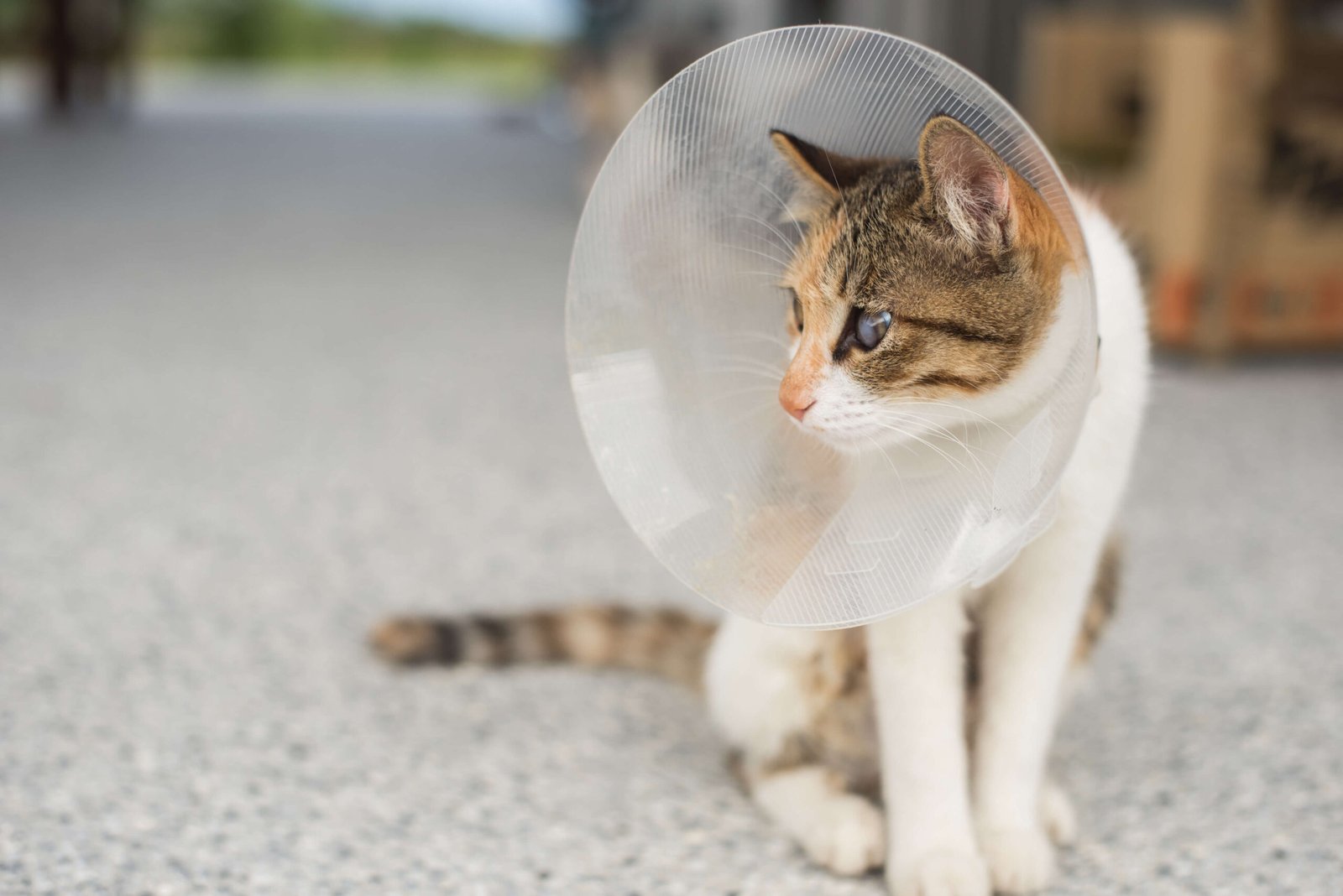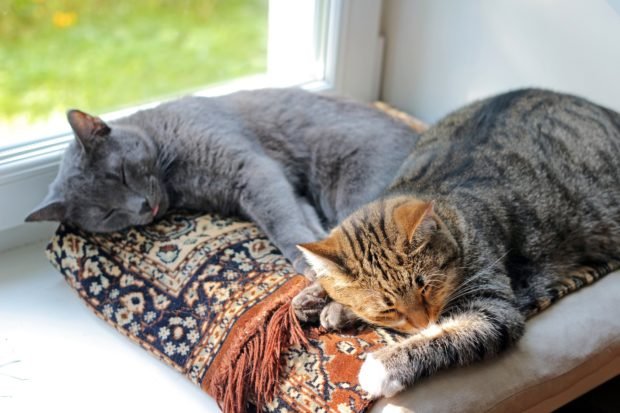If you have a pregnant cat, it’s essential to provide the right care to ensure both her health and the well-being of her kittens. Pregnant cats, known as queens, go through several physical and behavioral changes, and understanding their needs is key to a successful pregnancy. Here’s a comprehensive guide to caring for your pregnant cat, from nutrition to preparing for delivery.
Signs of Pregnancy in Cats
Before jumping into the care tips, let’s identify the signs of pregnancy in your cat. Most cats show signs of pregnancy around three weeks after mating. These signs include:
- Behavioral Changes: Pregnant cats may become more affectionate or, alternatively, may seek solitude. They may also start nesting as they near their due date.
- Increased Appetite: As the pregnancy progresses, your cat may eat more to nourish her growing kittens.
- Nipple Changes: The cat’s nipples will become enlarged and pinkish around two to three weeks after conception.
- Abdominal Enlargement: You may notice a slight bulging of the belly in the later stages of pregnancy.
1. Proper Nutrition for a Pregnant Cat
Proper nutrition is vital for the health of your pregnant cat and her kittens. Here’s how you can ensure she gets the necessary nutrients:
High-Quality Kitten Food
- During pregnancy, your cat will need more calories, protein, and fat. Switch her to high-quality kitten food, as it’s formulated to meet the increased nutritional needs.
- Kitten food is rich in calories, protein, and fat, which supports her and her kittens’ growth.
Frequent, Smaller Meals
- Pregnant cats often eat smaller meals more frequently. As her belly grows, she might feel full faster. Offering smaller meals throughout the day can help ensure she eats enough.
Hydration
- Make sure your cat always has access to fresh water. Proper hydration is crucial, especially as she prepares to nurse her kittens.
2. Create a Safe, Comfortable Space for Your Pregnant Cat
As your cat nears her due date, she will need a quiet, safe space to give birth. Here’s how to set up the ideal environment:
Prepare a Whelping Box
- Set up a whelping box in a quiet, private area where your cat can deliver her kittens. This box should be large enough for her to move around in but small enough to provide a cozy environment.
- Line the box with soft, clean towels or blankets. You can also place a heating pad underneath to keep the area warm, especially in cooler weather.
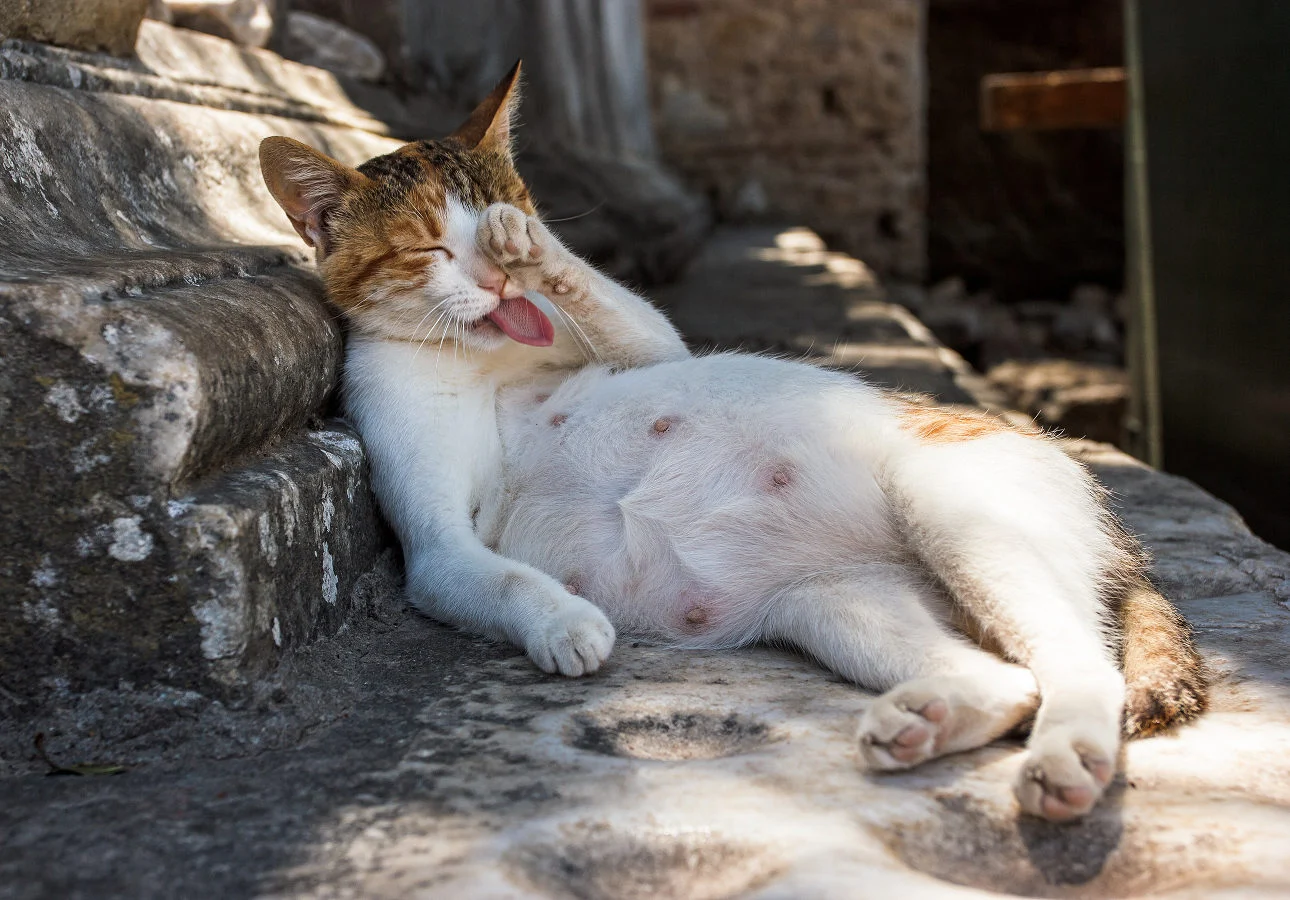
Keep It Quiet
- Pregnant cats appreciate peace and quiet, so avoid disturbing her during this time. Make sure the room is free from other pets and loud noises that could stress her out.
3. Monitor Her Health and Well-Being
Keeping an eye on your pregnant cat’s health is essential. Here are some tips:
Routine Vet Visits
- It’s a good idea to take your cat to the vet during pregnancy. A check-up ensures that she’s healthy and the pregnancy is progressing normally. The vet can also give you advice on her specific needs.
- The vet may also perform an ultrasound to confirm the number of kittens and check for any potential complications.
Signs of Trouble
- While most cat pregnancies proceed without issues, be aware of any signs that something might be wrong. These include:
- Excessive vomiting or diarrhea
- Unusual bleeding or discharge
- Lethargy or loss of appetite
- Difficulty breathing or signs of distress
If you notice any of these, contact your vet immediately.
4. Preparing for the Birth
As your cat approaches her due date, there are a few important things to keep in mind:
Watch for Labor Signs
- Labor typically begins with restlessness, nesting behavior, and some vocalizations. She might seek a quiet spot and start pacing or scratching.
- You’ll also notice more visible contractions, and she may start licking her genital area as the kittens begin to move.
Keep Calm and Be Prepared
- Most cats give birth without assistance, but it’s important to be present in case she needs help. Have your vet’s number handy in case of complications.
- The labor process can take a few hours. Your cat may take breaks between contractions, so be patient.
5. Post-Birth Care
After your cat gives birth, she will need rest, care, and attention. Here’s how you can support her:
Check the Kittens
- Ensure that all the kittens are born and are healthy. They should start nursing within the first hour.
- If a kitten seems weak or isn’t nursing, contact your vet immediately.
Provide a Clean, Safe Environment
- Keep the area clean by changing the bedding in the whelping box regularly. Make sure the room is warm enough, as kittens are unable to regulate their body temperature in the first few days.
Monitor the Queen’s Health
- Keep an eye on the mother after birth. It’s normal for her to have some discharge, but if it seems excessive or foul-smelling, contact your vet.
- Make sure she continues to eat and drink plenty of water to stay hydrated and maintain her energy.
Conclusion
Caring for a pregnant cat requires attention, patience, and preparation. From providing the right food to creating a comfortable birthing space, ensuring a stress-free environment, and monitoring her health, these steps will help your cat have a smooth pregnancy and a safe delivery. If you’re ever unsure about anything, consult your vet, as they can provide valuable guidance and support throughout the process. With the right care, your pregnant cat and her kittens will have the best start in life.

